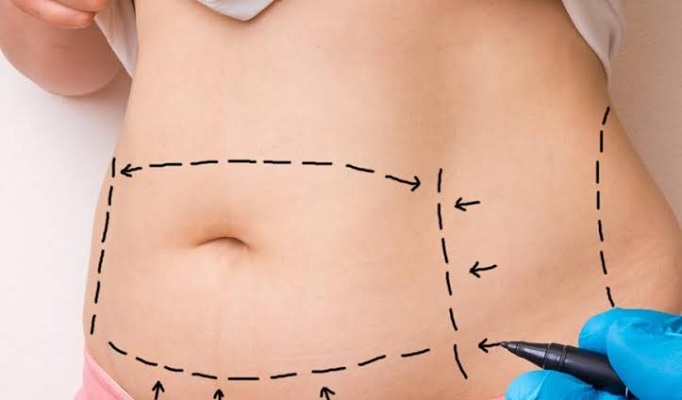Gynecomastia is the abnormal growth of breasts for men, and the problem is through excess breast tissue in the region. This disorder can be caused by a hormonal imbalance, very recurrent at puberty due to the various transformations that man goes through.
The increase in male breast tissue can manifest in different degrees, from a small bud to a full-formed breast. The change can be only one-sided, but it can also compromise both breasts.
In some cases, over time, the problem may go away on its own, but in others, male breast reduction surgery in Delhi is necessary to reduce the breasts.
Main causes and symptoms
The main cause is due to hormonal changes that men go through, especially during the period of puberty. Other factors may be related to excess breast glandular tissue, excess weight (fat accumulation) or even some diseases.
Another cause that is not always taken into account is that some patients, in an attempt to gain muscle more quickly, make use of anabolic steroids indiscriminately, and one of the side effects is precisely the enlargement of the breasts.
Some patients with gynecomastia may experience breast pain, swelling, lumps and breast discharge.
How Gynecomastia Surgery Works
The plastic surgeon in Delhi says approaches to treating gynecomastia must be twofold: first, to treat the developed mammary gland, and second, to the fat present in the chest.
The male breast reduction surgery in Delhi aims to remove the breast tissue and excess fat that some patients have. Associated liposuction can be done, depending on the fat content of the breast and the quality of the skin.
For the removal of this fat, an incision is made in the axillary crease, and through liposuction in the chest region, the entire area is aspirated to reduce this fatty tissue as a whole. After there is a regularity in the skin, a small incision is made in the areolar region (small circular area that surrounds the nipple), from where the gland that is located just below the areola is removed.
After the procedure, a drain is placed for an average of two days, and then removed. Then a retaining mesh is placed that puts pressure on the detached region for 30 days.
Classification of gynecomastia
Plastic Surgeon in Delhi classifies gynecomastia into three types, with their different degrees. Are they:
- Grade 1 gynecomastia: when a glandular mass appears around the areola. It is apparent with the nipple contraction and/or wearing tight clothes. Because it is small, it is easy to remove.
- Grade 2 gynecomastia: the breast is slightly larger than that of the previous grade. Here, gynecomastia begins to expand and reaches the chest area as well.
- Grade 3 gynecomastia: this is the one that has the largest amount of breast tissue. In addition, the breast is sagging due to the weight it has.
Results of gynecomastia surgery
The first results are already visible after 30 days, although swelling is common in the region. The final result occurs from four to six months.
Postoperative
Patients are released to return to work and normal study activities the day after gynecomastia surgery in Delhi, taking simple painkillers and anti-inflammatory drugs for about five days. After 30 days they are allowed to practice physical activity and return to their daily activities.
Imperceptible scars
The scars left by the surgery are practically imperceptible. Only in cases where the breast has grown exaggerated, the incisions will be larger, as well as your scars.
At Tandon Clinic, our patients receive all the care and guidance for gynecomastia surgery. Schedule an evaluation and answer your questions with our cosmetic surgeon in Delhi.


